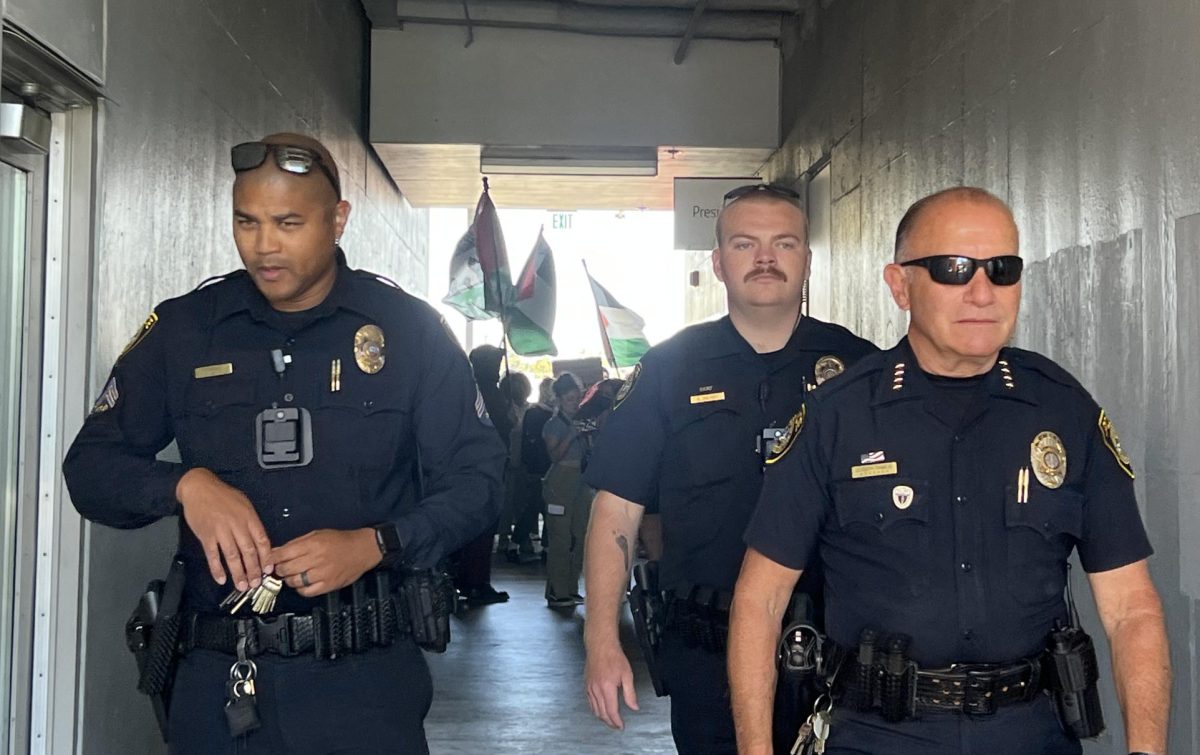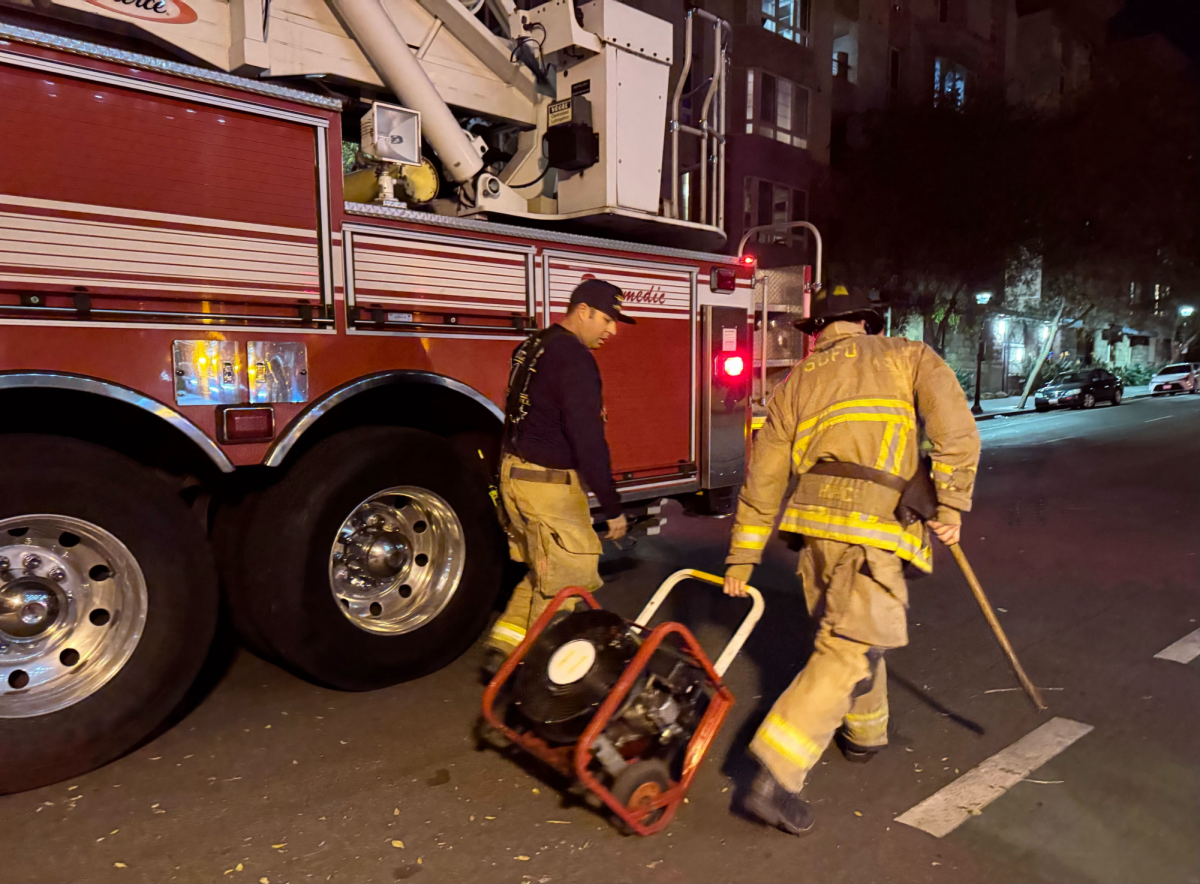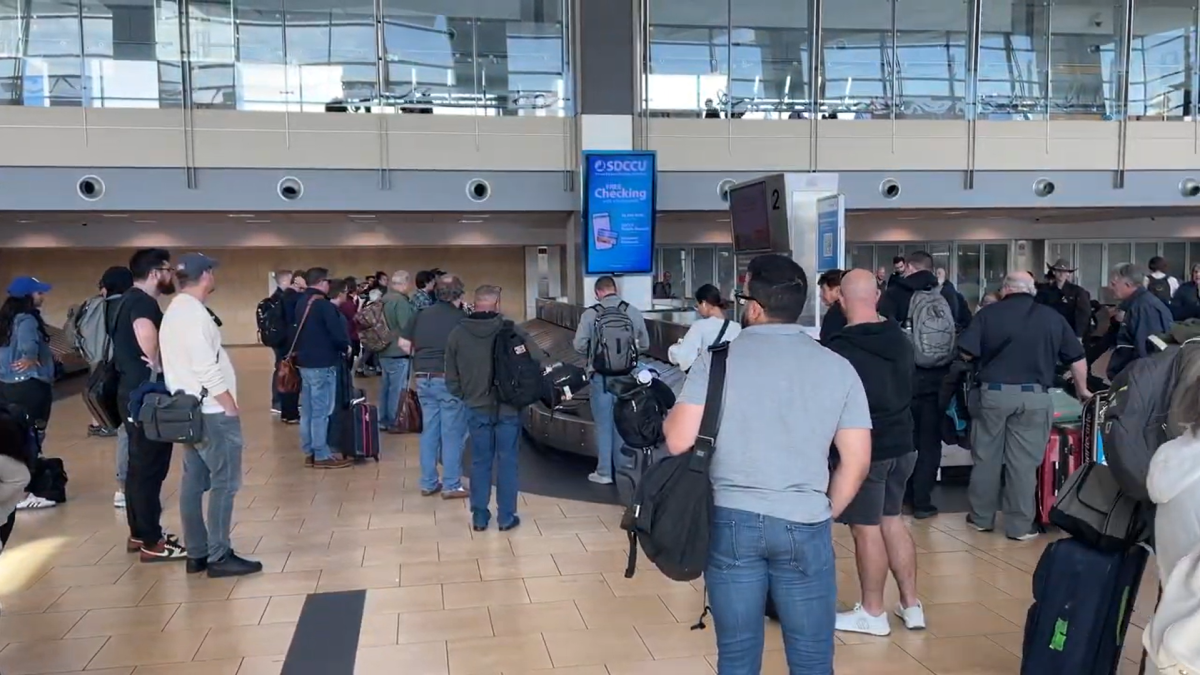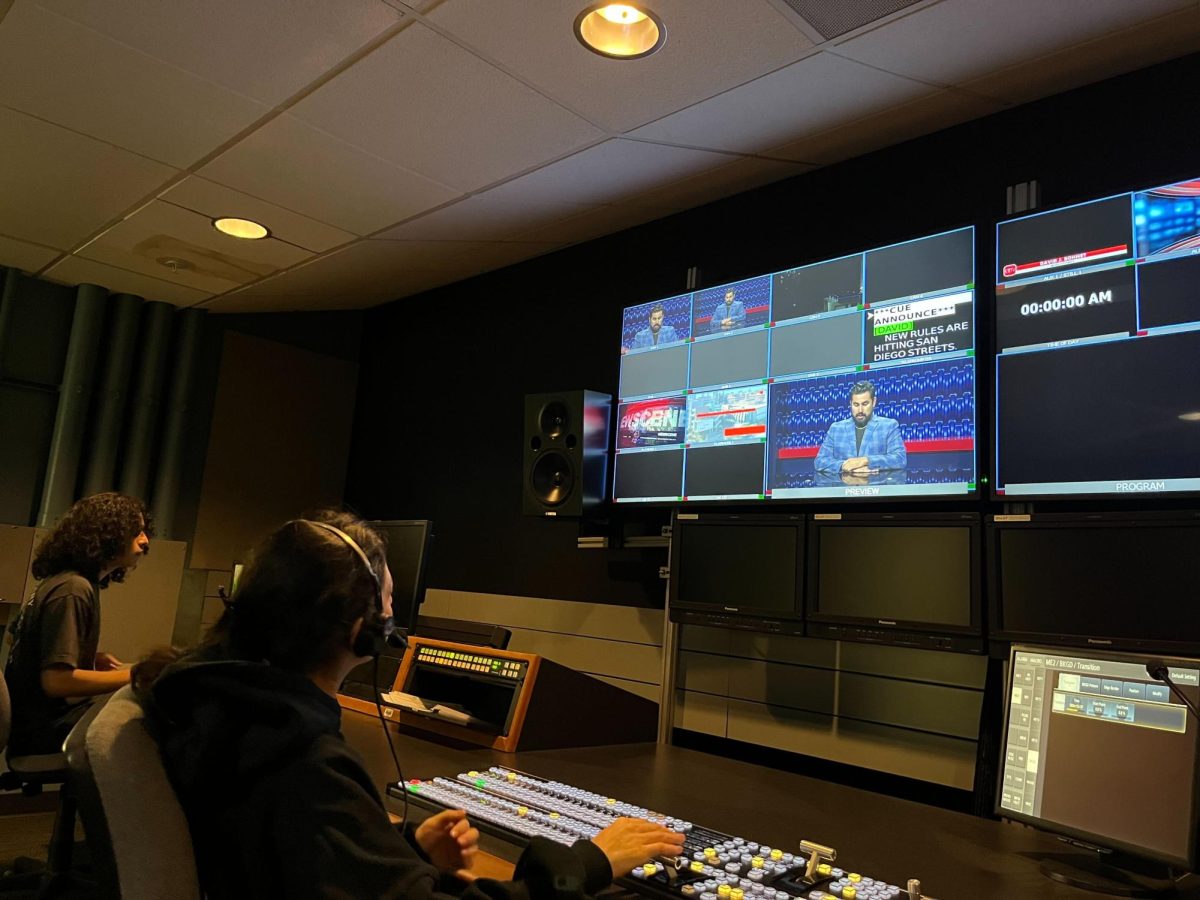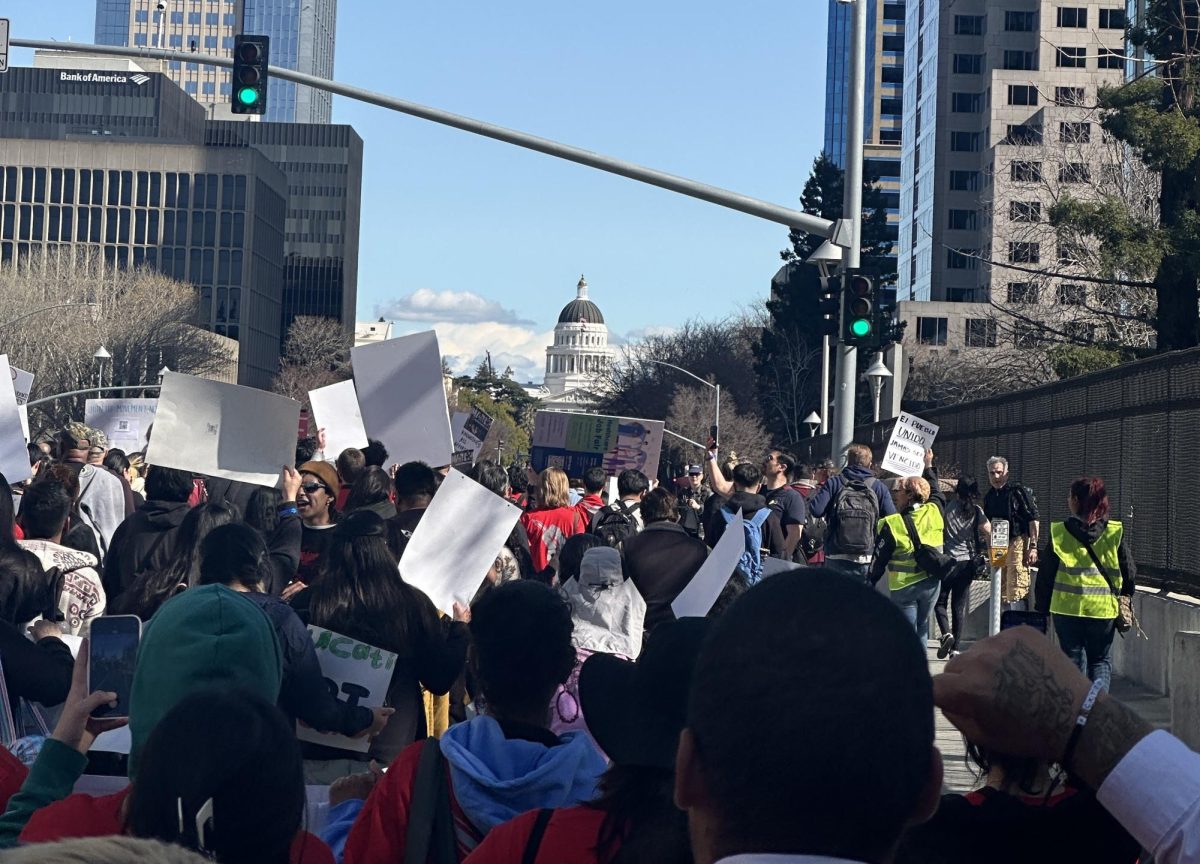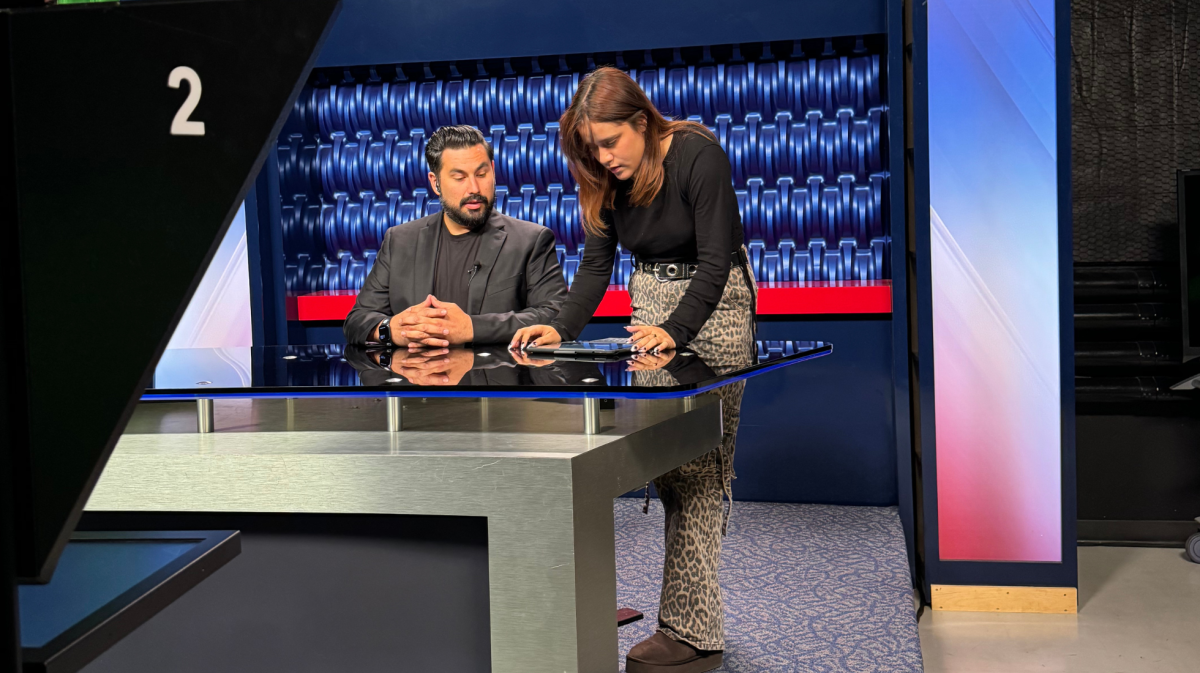On the night of March 10, Yoko Saito – a City College student from Yokohama, Japan – heard from a friend that a massive earthquake had just rocked her home country.
Saito tried calling her mom in Yokohama but couldn’t get through. It wasn’t until the next morning that a text arrived from her mom, indicating she was safe.
Over the next few days, Saito learned that her friends and family had all survived the 9.0-magnitude quake and the destructive tsunami it generated. Geography was key: Yokohama, Japan’s second-largest city, is south of Tokyo and hundreds of miles from the quake’s epicenter and the tsunami’s impact zone.
While Yokohama was largely spared, areas along Japan’s northeastern coast were devastated by the shaking and resulting ocean surge. At press time, more than 5,500 people were believed to have been killed in the disaster and at least 9,000 more were missing. A potential meltdown at a nuclear power plant threatens to make the crisis worse.
Saito said rumors abound in Yokohama, where gas and food have become scarce and electricity has been turned off for three or four hours daily. Regarding radiation, residents were reassured when Japanese public broadcaster NHK reported that the city’s levels, though higher than normal, were not a threat to public health.
Still, the potential danger from radiation in Japan is uncertain, and several foreign governments have encouraged their citizens in Japan to leave the country.
In San Diego, which is more than 5,000 miles from Japan, there is little risk that leaked radiation from Japan could cause harm, according to City College professor of physics and astronomy Lisa Will.
“The dispersion of the radioactive fallout depends on several factors: how much is released into the atmosphere, prevailing wind patterns, and distance,” Will said via e-mail. “The odds of radioactive material in any appreciable amounts to reach us are very low.”
On March 14, the San Diego Community College District sent a letter to students from Japan to express condolences and offer counseling services.
“We want you to know that our faculty and staff are here to assist you in any way,” said the letter, which was signed by Chancellor Constance Carroll and other district officials.
Marion Froehlich, City College’s international education coordinator, estimated that of about 40 exchange students currently attending the school, five are from Japan.
Saito, who is studying Spanish and works in the cafeteria’s coffee shop, said she didn’t know any other Japanese students at City College but remains concerned about people back home.
“This is my first time that I thanked Facebook,” Saito said. She explained that she was worried about a friend in Japan whom she couldn’t get hold of after the disaster. Eventually, another person posted a Facebook comment saying Saito’s friend was okay.
Noting that her home country’s residents are still being terrorized by aftershocks, Saito said she has begun monitoring an application on her cell phone called “Latest Quakes,” which highlights recent seismic activity on a map of Japan.
“Please keep praying for people,” she said.

